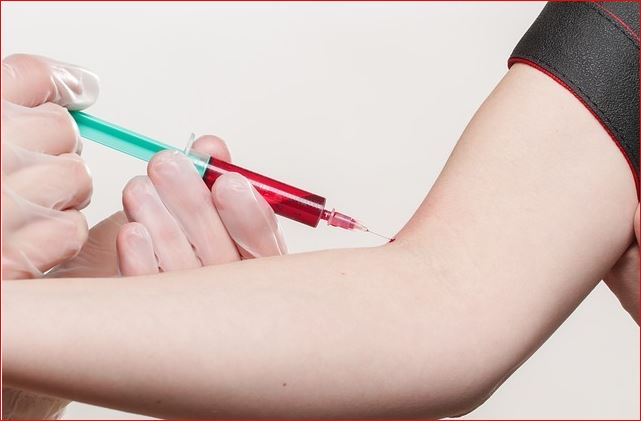What is Difference Between Blood And Lymph?
Difference Between Blood And Lymph is that All body tissues require nutrients to do their job. These are delivered to them in liquid form by the arteries. At the same time, the products of their work are collected and taken to disposal sites or to the tissues that can use them. The collection is performed by blood through the veins, assisted by the lymphatic vessels.
What is blood?
It is the opaque red fluid that runs through the blood vessels . It is the means of transport of the organism, by which, all tissues are provided with the food and oxygen they need for their growth and damage repair. The blood distributes the secretions or hormones manufactured by the important glands of the organism, taking them to all the organs where the same were necessary. This with the purpose that such organs can carry out their specific functions. At the same time, the blood carries the waste products of the tissues, transports carbon dioxide to the lungs from which it is released. The remaining materials are carried to the kidneys from which elimination occurs outside the body.
Thus, the blood helps the body maintain a uniform temperature and keep the other body fluids in a state of equilibrium. When the body is attacked by a disease, blood is the first line of defense against infection by the action of its white blood cells and other substances, called antibodies; that it transports to the affected sites. Another of its functions is to prevent any increase in acidity or alkalinity of the organism. Blood is composed of a fluid, called plasma, in which red blood cells or erythrocytes, white blood cells or leukocytes and platelets or thrombocytes are suspended. Every 24 hours, the human heart pumps 36,000 liters of blood through 19,000 meters of blood vessels.
What is lymph?
Lymph is a translucent fluid that circulates through the lymphatic vessels . It is formed in the capillaries of the blood and fills all the spaces between the body’s cells. Among the intercellular spaces, lymph is emptied into the lymphatic capillaries, from which it passes into larger lymphatic vessels. These vessels join to form larger and larger vessels. Finally it forms the lymphatic, thoracic and right ducts, which are located below the collarbone.
The lymph nodes are found between the ducts, presenting themselves as groups wrapped in connective tissues. These nodules are small aggregations in the form of beans, nodules and lymph cords, among which lymph influences from one lymphatic vessel to another. Lymph itself contains leukocytes whose function is to fight bacteria. The lymph glands filter infectious material and other waste from the tissues and act as the body’s defense against the spread of infection. Lymphatic tissue is also found in the digestive tract, and lactiferous that absorb fat from digested food, taking it from the small intestine. The circulation of lymph does not depend on the action of the heart, but it is carried out by the movement of the body muscles, such as breathing and walking.
Difference between Blood and Lymph
| BLOOD | LYMPH |
| The opaque red fluid that runs through the blood vessels. | Lymph is a translucent fluid that circulates through the lymphatic vessels. |
| Blood carries waste products from tissues, transmits carbon dioxide to the lungs from which it is released. | Lymph itself contains leukocytes whose function is to fight bacteria. |
| Every 24 hours, the human heart pumps 36,000 liters of blood through 19,000 meters of blood vessels. | The circulation of lymph does not depend on the action of the heart, but it is carried out by the movement of the body muscles, such as breathing and walking. |
| Blood is the first line of defense against infection by the action of your white blood cells and other substances, called antibodies, that it carries to the affected sites | The lymph glands filter infectious material and other waste from the tissues and act as the body’s defense against the spread of infection. |
| Another of its functions is to prevent any increase in acidity or alkalinity of the organism. | Among the intercellular spaces, lymph is emptied into the lymphatic capillaries, from which it passes into larger lymphatic vessels. |
You May Also Interested:
